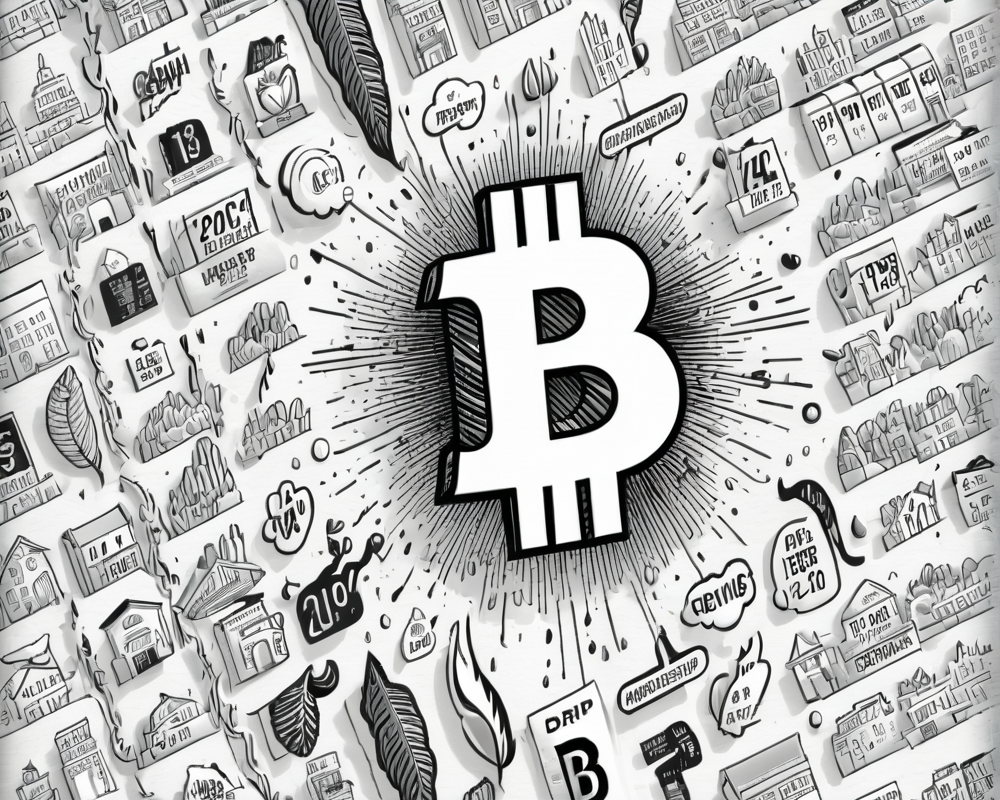Introduction: The Night of the Hack
On the evening of November 11, a series of suspicious transactions involving wallets linked to FTX sparked a whirlwind of speculation throughout the cryptocurrency community. Initial concerns ranged from the start of FTX’s bankruptcy proceedings to potential hacker involvement. Shortly after, FTX confirmed via Telegram that these fund transfers were indeed part of an ongoing hack.
Details of the Hack
Following FTX’s confirmation, Tether swiftly responded by blacklisting $31.4 million worth of Tether (USDT) tokens associated with the unauthorized transactions. Blockchain investigator ZachXBT reported that this amount included $3.9 million USDT on the Avalanche network and $27.5 million USDT on Solana. By blacklisting these tokens, Tether aimed to prevent hackers from moving or exchanging the stolen assets.
“The hack is being tracked in real-time on Twitter,” billionaire entrepreneur Elon Musk noted, complimenting the platform’s ability to disseminate information swiftly.
The Response from Exchanges and Communities
Tether’s preventative measures effectively thwarted some of the hackers’ plans, but the theft extended beyond USDT; assets including Ether (ETH), Chainlink (LINK), and Pax Dollar (USDP) were also compromised. As the community sought to stabilize the market in light of these events, major exchanges like Binance, OKX, Kucoin, and Crypto.com pledged to share their proof of reserves to restore investor confidence.
Proof of Reserves Initiative
Pioneering this initiative was Bitfinex chief technology officer Paolo Ardoino, who shared a comprehensive list of 135 cold and hot wallet addresses, showcasing Bitfinex’s proof of reserves. He revealed substantial holdings:
- 204,338.17 BTC
- 2,018.5 L-BTC (Liquid)
- Approximately 1,000 BTC on the Lightning Network
- 1,225,600 ETH
While this transparency was generally well-received by investors, some community members pointed out the absence of Bitfinex’s liability figures, arguing that this omission rendered the data incomplete for a thorough review.
Conclusion: The Aftermath of the FTX Collapse
The FTX hack has not only ignited immediate financial concerns but has also intensified discussions around regulatory frameworks within the cryptocurrency space. As exchanges and platforms adapt to the new landscape of heightened scrutiny, the industry must strive for greater transparency and accountability to prevent similar incidents from occurring in the future. The response from Tether and other exchanges signals an evolving awareness of the importance of security in maintaining investor trust in the crypto ecosystem.




